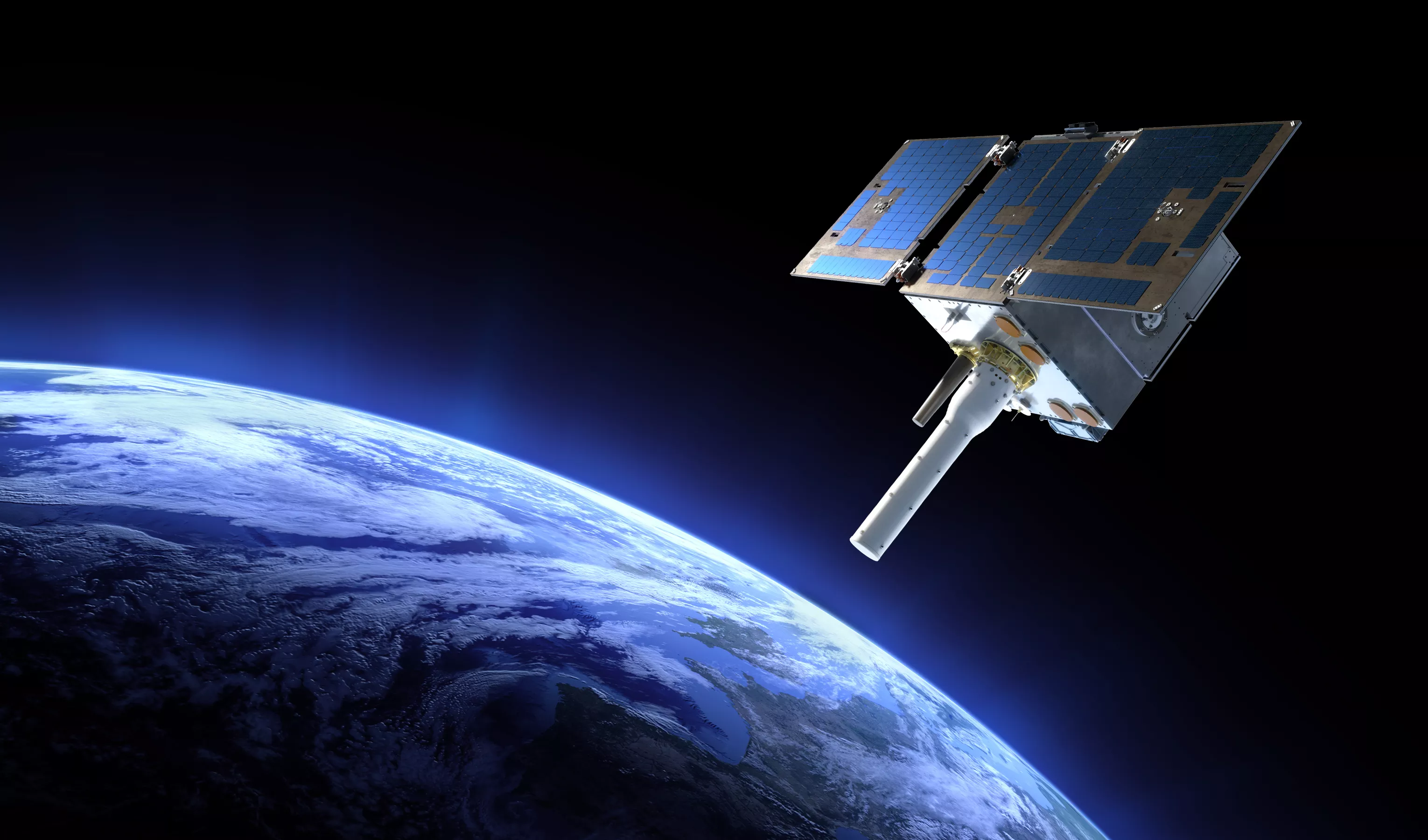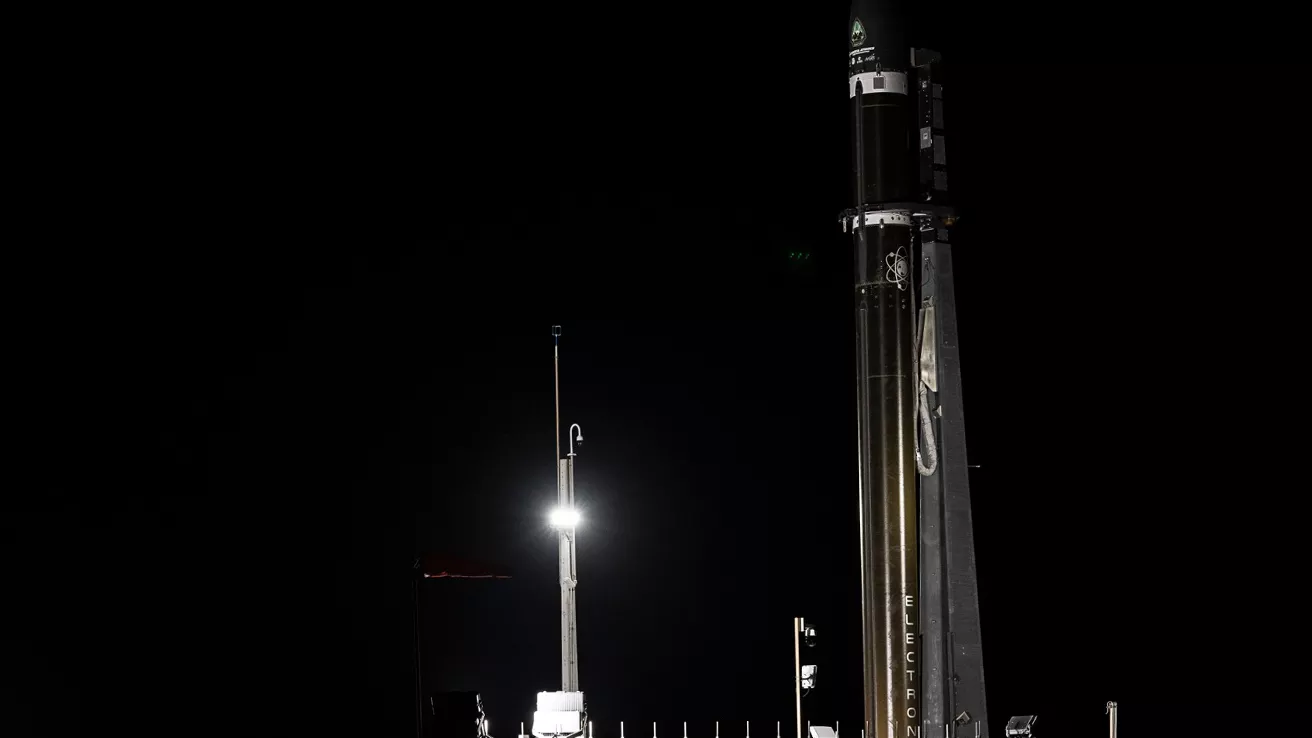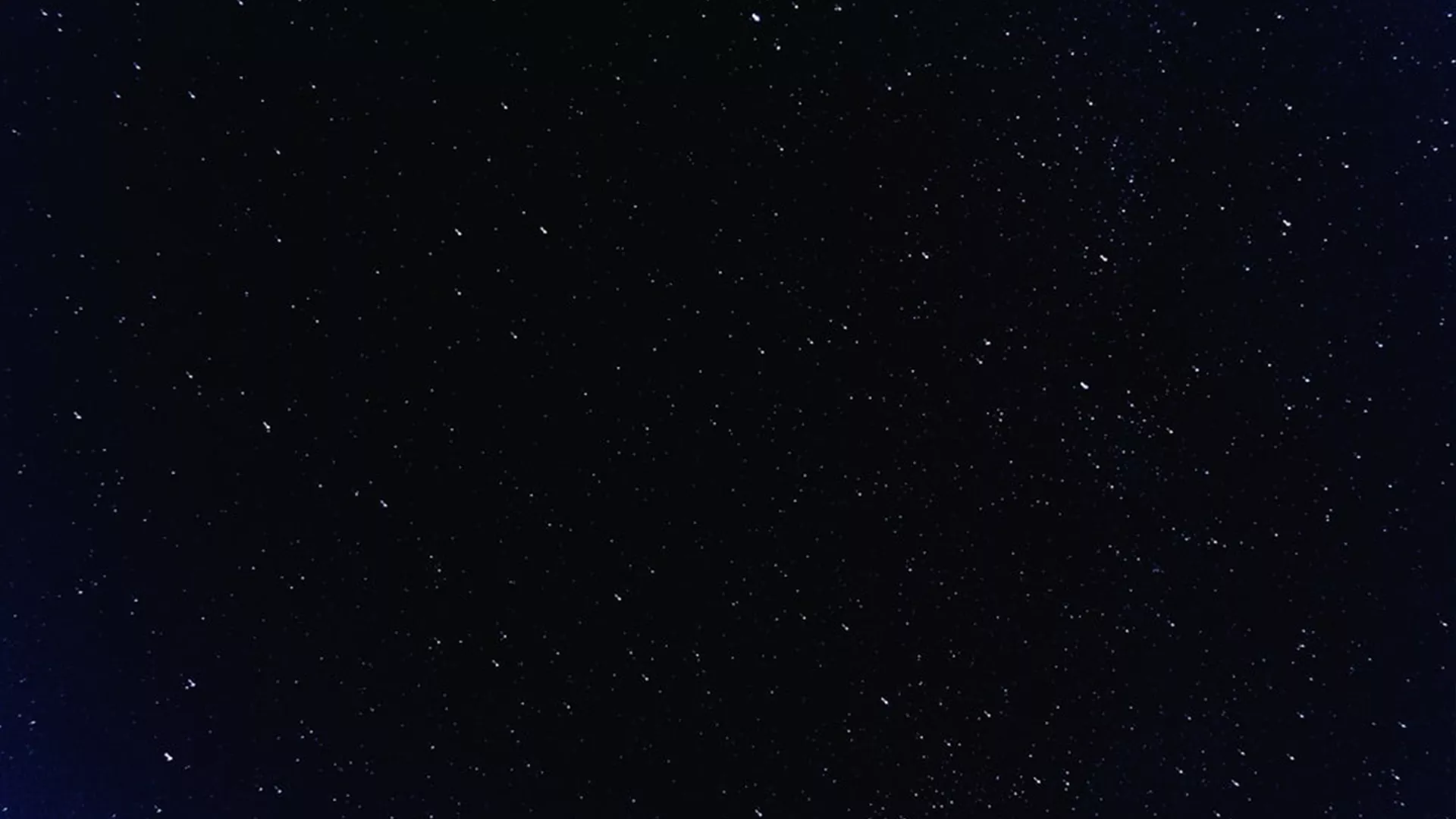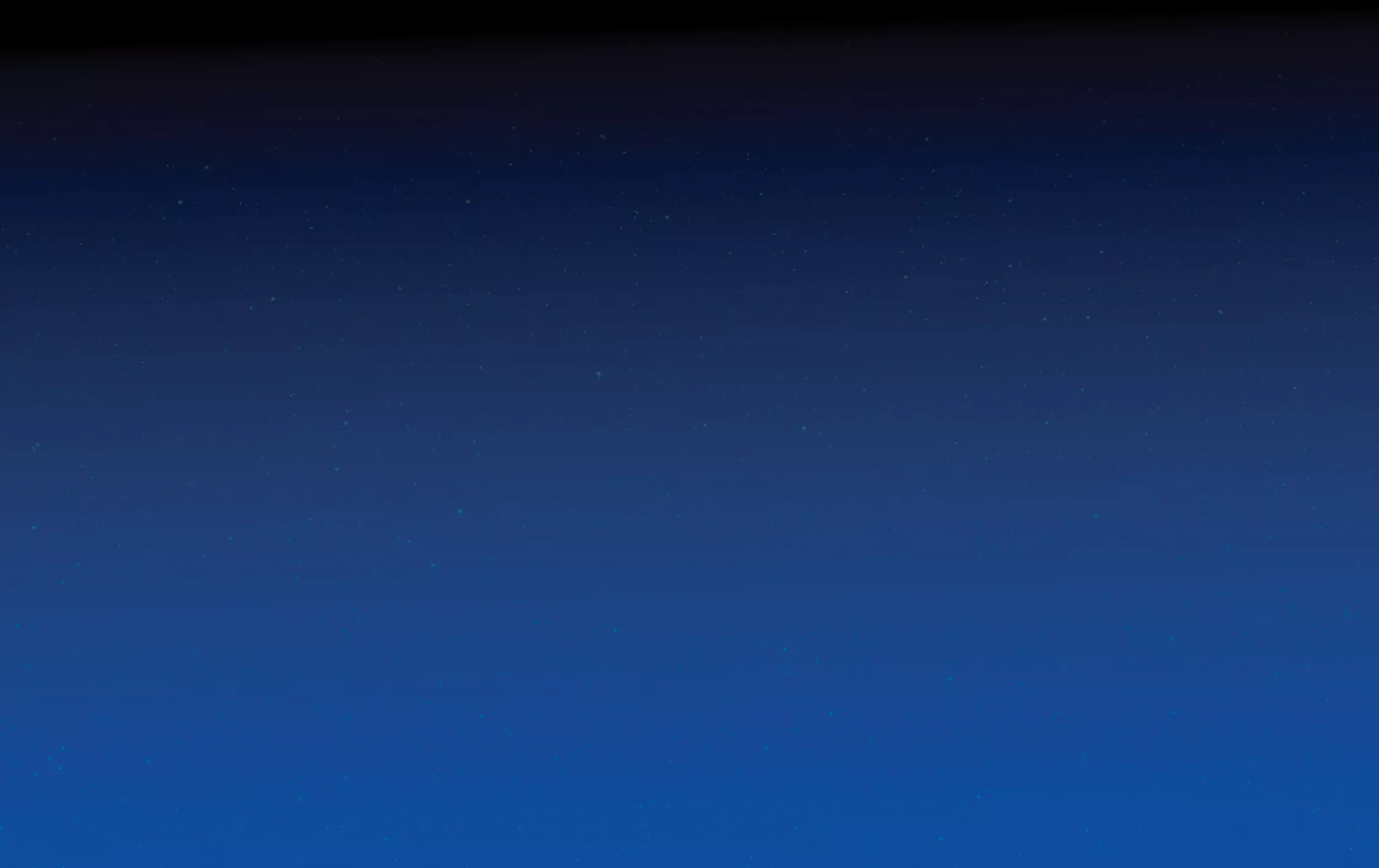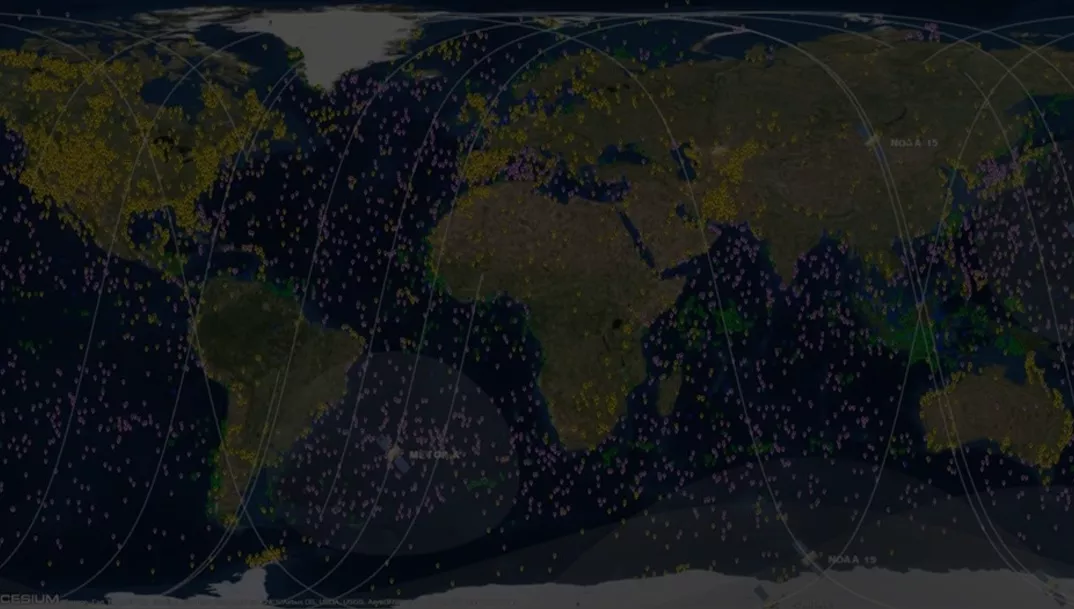ARGOS-4 Launch
NOAA celebrated the successful launch on October 7, 2022.
ARGOS-4 Launch Images
NOAA's ARGOS-4 launched into orbit Friday, October 7th at 1:09 pm EDT from Māhia Peninsula, New Zealand!
The Mission
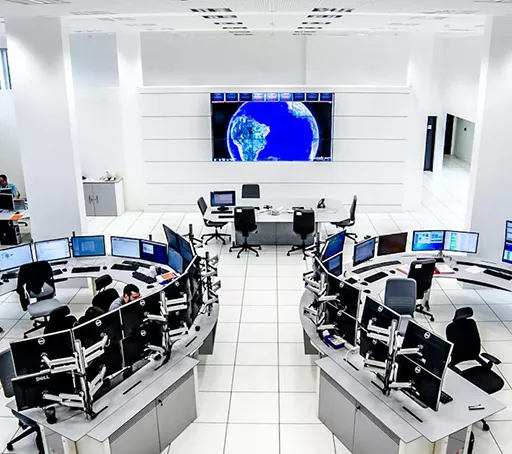
NOAA is preparing for the launch of its latest contribution to the Argos worldwide Data Collection System, the Argos-4 instrument, hosted onboard General Atomics' GAzelle satellite. Under a joint agreement between NOAA and the French Space Agency, Centre National d’Etudes Spatiales (CNES), Argos-4 will fly on a polar orbiting satellite that is scheduled to launch in October 2022.
Once in orbit, Argos-4 will join a network of other Argos instruments onboard other polar orbiting satellites to collect a variety of data from both stationary and mobile transmitters around the world. This vital information helps provide a better understanding of Earth’s physical and biological environment, including its weather and climate, biodiversity and ecosystems, as well as assist with maritime security, offshore pollution, and humanitarian assistance. Information gathered via the Argos system also enables industries to comply with environmental protection regulations.
How Argos Works
Argos is a unique worldwide location and data collection system dedicated to studying and protecting the environment.
Tracking Wildlife
Animals that are tagged are split into three types: Birds, Terrestrial Mammals, and Marine Animals. By combining the data acquired with their location, Argos enables biologists and scientists around the world to improve their understanding of animal behavior, such as their movements, foraging strategies, reproduction and the way they adapt to their surrounding environment.
An International Cooperation
Through the United States Space Force’s Hosted Payload Solutions contract, the Argos-4 instrument will be a hosted payload onboard General Atomics’ Orbital Test Bed-3, a commercial satellite. Argos-4 will join the Argos DCS, which currently provides environmental data for nearly 2,000 users in more than 100 countries, including other international space agencies such as the European Organization of the Exploitation of Meteorological Satellites (EUMETSAT), and the Indian Space Research Organization (ISRO)
In addition to this upcoming launch, the Argos system will also add new instruments on satellites from ISRO, EUMETSAT, and twenty-five (25) Argos-4NG nanosat launches by CNES and Kinéis in the near future.

Resources
Argos System Site
The Argos System was created in 1978 by the French Space Agency, the National Aeronautics and Space Administration and the National Oceanic and Atmospheric Administration.
Argos DCS
Argos Data Collection and location System is a data collection and relay program that provides global coverage and platform location.
Educational Resources
Discover the comic book "Follow Me: Stories inspired by real animals tracked from space".
Argos News
-
Feature Story
While NOAA’s National Weather Service (NWS) is responsible for issuing weather forecasts and… -
Earth from Orbit
The first Earth Day took place in 1970, which also was the same year NOAA was established. Since… -
Announcement
After a successful launch on October 7, 2022, Argos-4 has now completed yet another significant…

